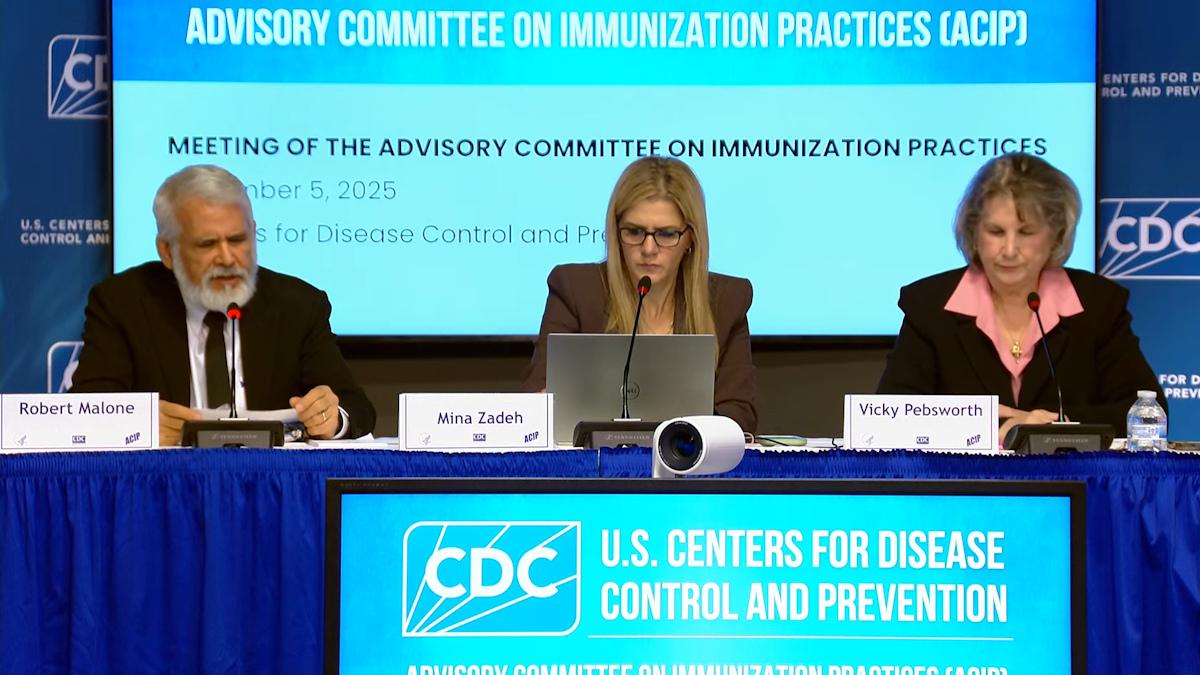Next gen psoriasis drugs show superiority to Stelara

Companies in the multi-billion dollar psoriasis market are vying to be the next standard of treatment, and a flood of new data from three drugs showing them superior to Humira and Stelara.
Humira is the current market leader in moderate-to-severe psoriasis, but will face biosimilar competition in the next few years. Janssen's Stelara will then be the market leading product, and Lilly, Novartis and Janssen itself have all released new data showing their next generation treatments can outperform both these existing treatments.
The companies have all released data at the American Academy of Dermatology (AAD) annual meeting in Orlando, Florida.
Lilly's Taltz and Novartis Cosentyx are already on the market and are battling out for new market share, and both released data showing their superiority to Stelara at the congress.
Lilly's IXORA-S study found that after 24 weeks, patients treated with Taltz achieved significantly higher response rates compared to patients treated with Stelara, including 83% of patients who achieved Psoriasis Area Severity Index (PASI) 90—the study's primary endpoint—compared to 59% of patients who achieved PASI 90 after treatment with Stelara.
"For many years, achieving PASI 75 - or 75 percent improvement in skin plaques - has been the standard treatment goal for moderate-to-severe plaque psoriasis," said Kristian Reich, M.D., Ph.D., lead author and professor, Georg-August-University Göttingen and Dermatologikum Hamburg, Hamburg, Germany.
"With the introduction of treatments like Taltz, dermatologists can offer treatment options that allow more patients to achieve PASI 90 or PASI 100. The data of the IXORA-S study is significant, as it demonstrates both high levels of skin improvement for patients treated with Taltz, consistent with pivotal phase 3 trials, as well as higher response rates over Stelara, which is one of the most frequently used biologics in the treatment of moderate-to-severe plaque psoriasis."
Janssen has released data on its candidate guselkumab, which was filed with the FDA late last year.
Janssen's VOYAGE 2 study is the second to demonstrate superior efficacy of guselkumab versus Humira, following on from results of VOYAGE 1 in the same condition announced in October.
It also met secondary endpoints of superiority over Humira – including a global assessment of disease, a severity score, a quality of life score, and a complete skin clearance score.
There were similar rates of serious adverse events in both guselkumab and Humira arms – but the company noted three serious infections in both groups.
When Stelara fails
Another key tactic for the next generation is for use when patients begin to fail on Stelara or another existing biologic. This is a common occurrence in patients taking biologic therapies for psoriasis, as over time many start producing anti-drug antibodies (ADA), reducing the effectiveness of their existing treatment.
Janssen's new data shows guselkumab effective in this scenario in Stelara patients - a significant result, given that it must catch up with Taltz and Cosentyx in the battle for market share.
Novartis' new study of Cosentyx (secukinumab) showed patients can rapidly regain clear or almost clear skin (Psoriasis Area Severity Index, PASI 90 to 100) following a relapse during a treatment pause, another common feature of treatment of the disease.
The analysis also showed no anti-secukinumab antibodies were observed during retreatment - suggesting that patients are far less likely to build up resistance to it compared to existing treatments.
Other competitors include Celgene’s convenient pill, Otezla (apremilast) and Valeant's newly approved Siliq, though side effect warnings about suicidal ideation look certain to limit its sales.











